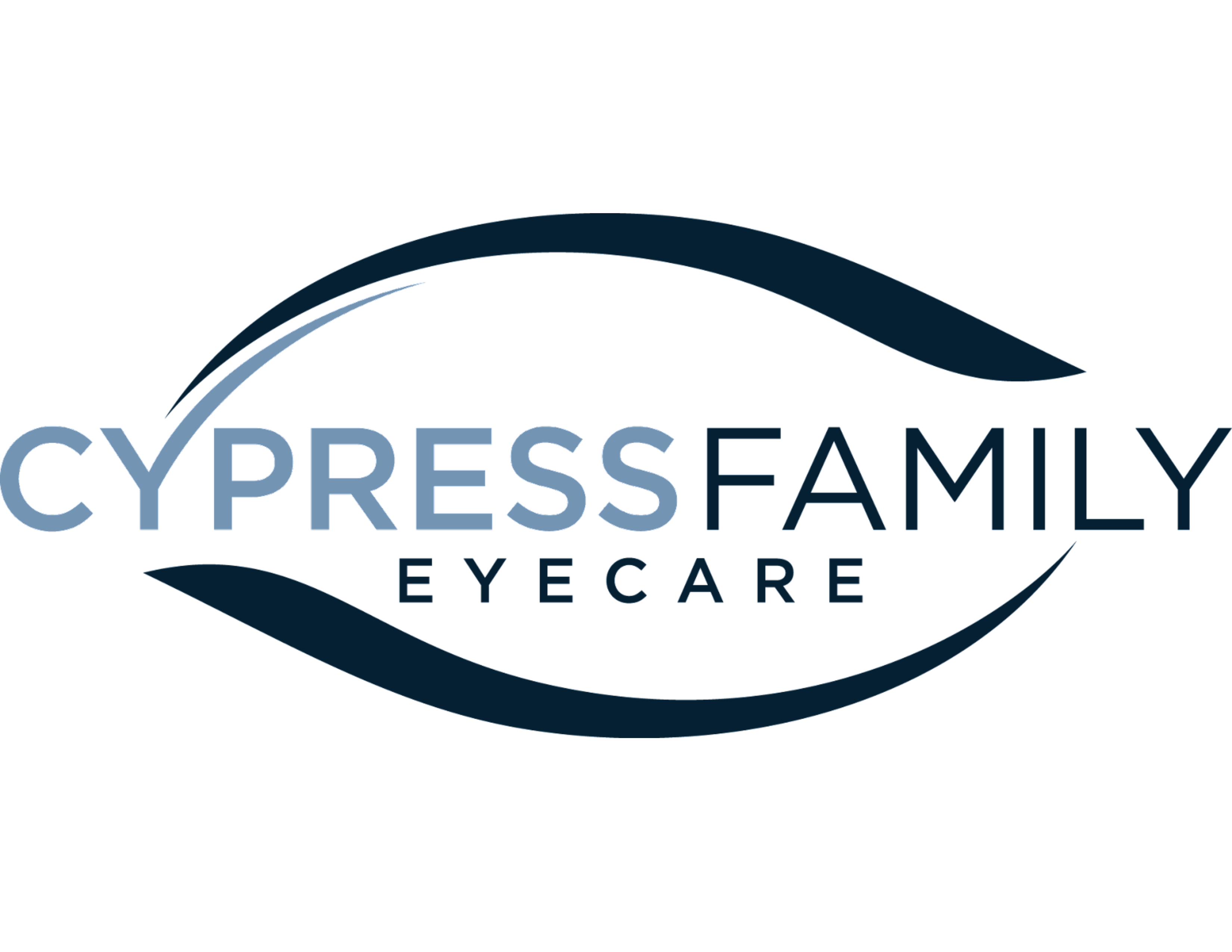Myopia, or nearsightedness, is a common vision problem that often starts in childhood. Kids with myopia can see things up close clearly, but things far away appear blurry. This condition can affect how they learn in school, play sports, and enjoy daily activities. With myopia becoming more common, parents are looking for ways to help manage it. Thankfully, there are effective methods to slow its progression and support better vision.
Understanding myopia and its signs can help you take early action. Recognizing when your child struggles to see distant objects is important for their eye health and overall well-being. With the right strategies and treatments, you can help your child maintain good vision and reduce the risks associated with worsening myopia. Let’s explore some practical ways to support your child’s eye health and keep their vision sharp.
Understanding Myopia in Kids
Myopia, or nearsightedness, is a common vision problem where distant objects appear blurry while close ones are seen clearly. This condition occurs because the eye’s shape causes light to focus in front of the retina instead of directly on it. Myopia can impact a child’s ability to see the board at school or recognize distant objects, which may affect their learning and overall experience.
Recognizing the signs of myopia early is key to managing it effectively. Common symptoms include:
– Squinting or shutting one eye to see better
– Sitting very close to the TV or holding books near the face
– Complaints of headaches or eye strain
– Difficulty seeing distant objects clearly
These signs suggest it might be time for a professional eye exam to confirm if myopia is present. Early detection can lead to better management and prevent the condition from worsening. Parents should stay alert to these symptoms and seek guidance when necessary to ensure their child’s vision is clear and healthy.
Strategies for Managing Myopia Progression
Managing myopia in kids involves a mix of smart daily habits and proper treatments. Encouraging children to spend more time outdoors is a simple yet effective strategy. Natural light can play a big role in reducing the risk of myopia progression. It’s also helpful to limit the time kids spend on screens and encourage regular breaks when using digital devices.
Implementing a balanced approach between near-vision activities, like reading and outdoor play, can make a difference. Consider these tips:
– Ensure your child takes frequent eye breaks using the 20-20-20 rule: every 20 minutes, look 20 feet away for 20 seconds.
– Encourage at least an hour of outdoor play daily.
– Make sure lighting is adequate when doing close-up work indoors.
In terms of treatment options, eyeglasses or contact lenses are common choices for correcting vision. Special contact lenses and eye drops are also available to help slow myopia progression.
Atropine eye drops, for example, have been shown to be effective in reducing myopia progression in kids. Orthokeratology, or ortho-k lenses, are worn overnight to temporarily reshape the cornea and correct vision.
Conclusion
Keeping an eye on myopia progression in kids is important for long-term eye health. With the right mix of lifestyle changes and treatment options, it’s possible to slow the worsening of myopia and help your child maintain better vision. Making sure children engage in a balance of indoor and outdoor activities can contribute to healthier eyes.
For a brighter future with a healthy vision, look no further than Cypress Family Eyecare. We’re here to help with comprehensive myopia reduction solutions tailored to your child’s needs. Our team is ready to guide you and provide the support necessary for managing myopia effectively. Let us partner with you for your child’s eye health journey. Reach out to us today to schedule an appointment.
